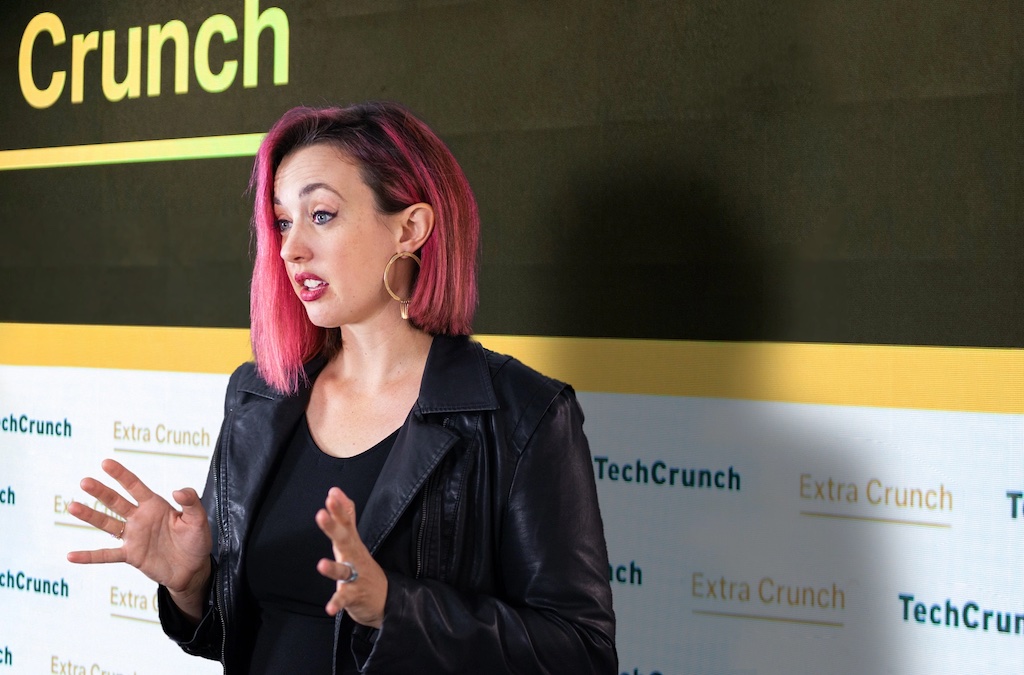Here’s another edition of “Dear Sophie,” the advice column that answers immigration-related questions about working at technology companies.
“Your questions are vital to the spread of knowledge that allows people all over the world to rise above borders and pursue their dreams,” says Sophie Alcorn, a Silicon Valley immigration attorney. “Whether you’re in people ops, a founder or seeking a job in Silicon Valley, I would love to answer your questions in my next column.”
TechCrunch+ members receive access to weekly “Dear Sophie” columns; use promo code ALCORN to purchase a one- or two-year subscription for 50% off.
Dear Sophie,
We co-founded a startup in Colombia, and we’re thinking about opening a sales office in the U.S.! I would be moving, and my co-founder will continue to run our engineering team from Colombia.
I’m currently considering both the E-2 investor and L-1A executive visas. What are the pros and cons of each?
— Courageous Colombian
Dear Courageous,
What an exciting time and opportunity for you and your team! Congratulations on your U.S. expansion and for all the growth that got you to this stage. These visas are two great options for startup founders to move to the United States to expand their businesses.
Let me start by giving an overview of both the E-2 visa for treaty investors and the L-1A visa for intracompany transferee executives and managers. The visa applications for both are heavily scrutinized by immigration officials, so I recommend working with an immigration attorney to present a strong case.
E-2 visa
The E-2 visa provides a great option for international founders whose home country has a trade and commerce treaty with the U.S. The U.S. Department of State maintains a list of treaty countries. Colombia and more than 75 countries, including Pakistan and Taiwan, are on the list, but other countries such as China and India do not currently have the requisite treaties in place. The E-2 enables international founders to live and work in the United States while investing substantial capital to build a business here.

Image Credits: Joanna Buniak / Sophie Alcorn (opens in a new window)
For a founder to qualify for an E-2 visa as an investor or essential employee, at least half of the U.S. business must be owned by people or companies from your country of citizenship. This can get complicated for startups after several rounds of dilution from U.S. investors. However, if you are forming a subsidiary of an already-profitable Colombian business and not planning to raise VC capital in the U.S., that might not be a big deal for you. Talk to a lawyer about your global corporate structure and your fundraising plans to confirm.
Although the E-2 requirements don’t specify a particular minimum amount of capital that must be invested into the U.S. entity, immigration officers look for large, upfront investments in office space, equipment and inventory, usually in the $100,000 range. Receiving a pre-seed or Series A round in the U.S. or another country can help streamline this portion of your case, but it’s not absolutely necessary. Some founders have succeeded in qualifying for an E-2 with even a transfer of valued intellectual property to their U.S. company.
While the E-2 does not require a U.S. business to create jobs in the future, immigration officials may consider it to be marginal without job creation, which would not bode well for E-2 approval. Already having U.S. employees or having a business plan that includes hiring in the U.S. can aid in the approval of your E-2.
Dear Sophie: What are the pros and cons of the E-2 and L-1A visas? by Ram Iyer originally published on TechCrunch
DUOS





